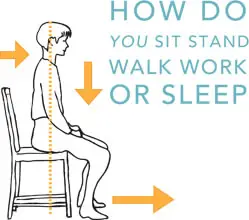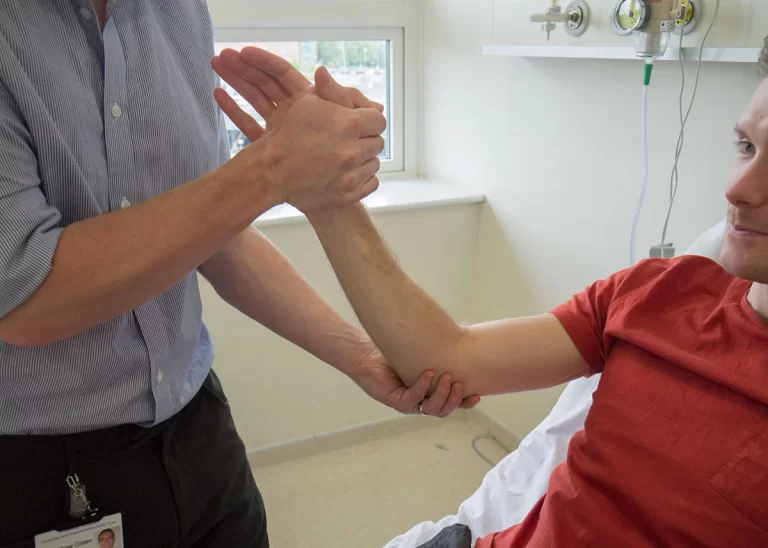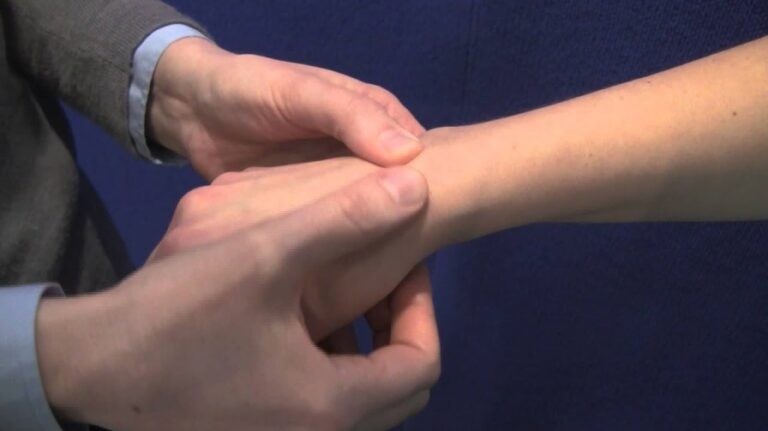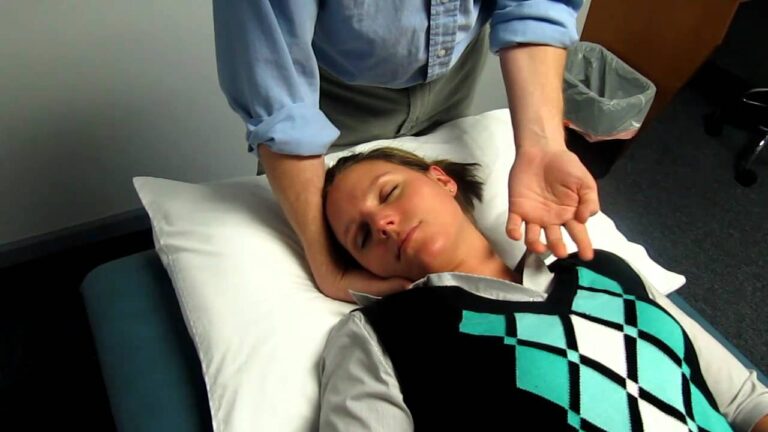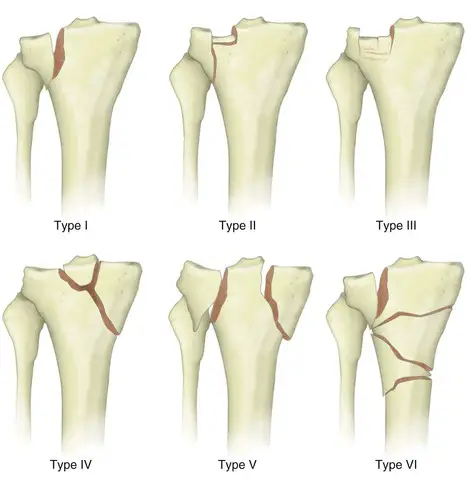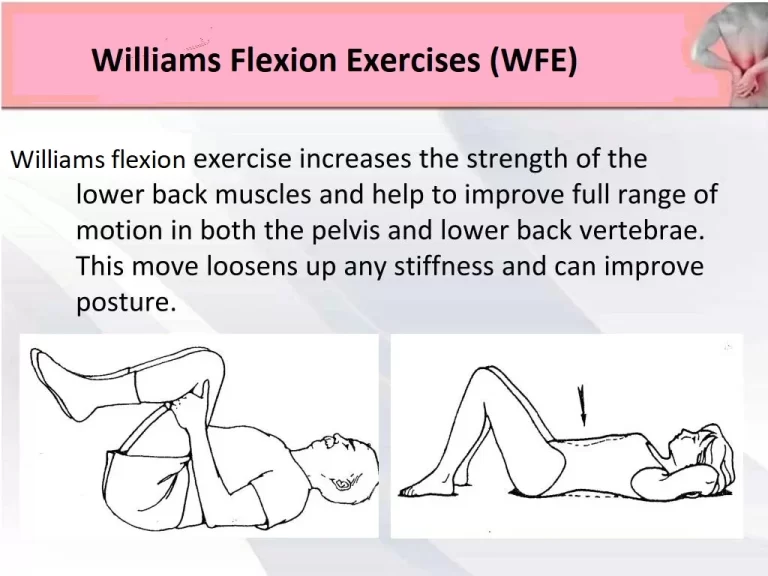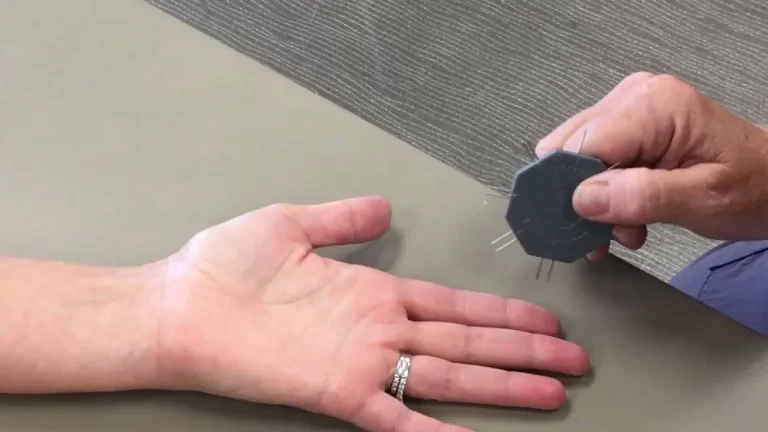Alexander Technique
Introduction
The Alexander technique differs from most other exercise methods in that it is not a physical therapy exercise. It differs from specialized exercises in that it incorporates postural and proprioceptive re-education and, as a result, places a greater emphasis on learning what not to do—learning to recognize, release, and abstain from harmful habits of muscle use—to enhance movement coordination.
It can be used when performing daily tasks like sitting, standing, bending, and walking. The method is to instruct and educate on the proper application of the postural mechanisms that control upright posture and movement. These mechanisms include motor control of the postural muscles as well as coordination of the head, limbs, and trunk.
An individual can be trained to become more conscious of these mechanisms, which are primarily unconscious and habitual, and to make various decisions regarding their movement, coordination, and locomotion. The Alexander approach, in particular, emphasizes the importance of the trunk-head relationship as the foundation for optimal mobility. A combination of verbal guidance and specialized light touch is used to teach it, resulting in a person who can help themselves.
Physiotherapy involves supervised exercises that are practiced at precise times to strengthen, stretch, boost aerobic capacity, and improve motor control. The Alexander technique, on the other hand, uses the semi-supine position as a core technique, teaches awareness of and release from harmful muscle tension, incorporates proprioceptive re-education, focuses primarily on the important relationship of head, neck, and back, and is practiced during activities of daily living.
History
Shakespearean actor Frederick Matthias Alexander set out to find out why he frequently lost his voice during performances in the 1890s. (Consider yourself a Shakespearean actor whose only source of income is his voice; just picture yourself without a voice right before a performance!) Alexander had to figure out why this was occurring, of course.
He started by getting ready for the performance by looking at himself in several mirrors. Yes, he did notice that something had changed before he spoke: he was tensing his upper body muscles, particularly his neck, to such an extent that his whole stance altered. He speculated that his bad posture might cause his voice loss.
Luckily, his assumption proved to be accurate. Not only did his voice loss resolve when he was able to release the tension in his muscles using a range of motions, but he also broke the habit of constricting his neck. Alexander discovered that his techniques may assist others in enhancing their health and well-being as he worked to further develop and perfect them. His findings are still applied today, having been incorporated into the Alexander Technique (AT) over time.
Principles
The following are the Alexander’s techniques:
- ”The head, neck, and spine’s interaction is essential to your capacity for optimal performance.”
- “To alter and benefit, you must become more aware of how you conduct yourself in daily life.”
- ”The body and mind are inseparable, with each always influencing the other.”
- ”Long-term physical abuse of the body, such as inefficient movement and uneven weight distribution when standing or sitting, can result in diseases like backache and other chronic pain conditions, according to instructors of the technique.”
By helping you “unlearn” these negative behaviors, the Alexander approach seeks to give you a balanced, more naturally aligned body.
Method
With the Alexander Technique, you may learn to break any negative patterns about how you hold your body, which can help you relieve stress and improve your posture. Although taking a class taught by an expert is the ideal way to acquire the skill, you may also learn the technique by reading several books or browsing articles online. Try performing exercises using the particular Alexander technique approach, such as sitting, standing, or lying down;
Practicing Alexander Technique Exercises
- Lift yourself by concentrating on your hip joints. This method of standing up begins with sitting. Lay your feet flat on the floor and release tension in your neck and shoulders. Using your hip joints, go forward until your weight is over your feet. Lift your feet off the ground and stand upright. Before taking a break, practice getting up from a sitting position five to ten times.
- To ease the strain on your legs, sit in a chair. To begin, get to your feet and ensure that your knees are slightly bent rather than locked straight. Your hips should go backward and your knees should move forward as you sit down. Take your time lowering yourself into a seated position, being cautious not to settle into the chair too quickly. To relieve tension, repeat this exercise five to ten times. Using this approach, you can avoid slumping into chairs and spare your neck, spine, and lower back from unnecessary strain.
- Laying on a firm surface is a good way to practice constructive rest. Lie down on a yoga mat or rug-covered floor as opposed to a bed or plush couch. With your hands by your sides or on your stomach, lay on the floor with your feet flat on the floor. Give this a 10- to 15-minute rest. To ease the strain on your neck and head, think about placing your head on a tiny pillow or stack of books. To help extend your back and relieve tension, perform this exercise two to three times a day.
- Practice breathing control by whispering “ahh.“Try muttering “ahh” as you exhale after you’ve inhaled. To assist you in relaxing and relieving tension, try to let your exhale for at least two seconds longer than your inhale. Keep your mouth open during exhalation to allow the air to leave normally. Use this method as often as you wish to help yourself relax or even go to sleep.
- Spend twenty minutes a day practicing the Alexander technique. Try creating a routine where you practice the Alexander technique for 20 minutes every day after mastering a few movements. This will assist you in improving your methods and workouts and seeing improvements in your posture. To assist you in sticking to your 20-minute objective, set a timer for 20 minutes.
- To alleviate the tension in your fingertips, raise them into the air. Set your hands down by your sides to begin. Simply focus on elevating your fingertips, not your hand as you ordinarily do. Tilt your fingertips upward, concentrating solely on using those muscles. This helps you learn to relax your fingers and prevents you from using your hands’ larger muscles. If you spend a lot of time on a keyboard or if your fingers become tired easily, this workout is excellent for you. In your spare time, try performing this exercise multiple times a day.
- Make effective use of your muscles and reduce stress by using this technique. The Alexander technique teaches your body how to move more efficiently to release tension and improve your posture. You will learn to be conscious of your movements throughout the day by doing exercises like standing up, sitting down, walking, and lying down. Using Alexander’s techniques that target the neck and back, for instance, can help ease pain and tension that may arise from being in a particular position for an extended time.
Technique Approach
The majority of us overdo things, that harm our muscles, joints, and nerves. The Alexander method places a strong emphasis on the idea that movement should be effective and need the least amount of effort and energy. By increasing awareness of postural patterns, one can modify them to more evenly and gently disperse muscular activity across the body.
You can benefit from the Alexander method in many circumstances, such as:
- Posture and balance
- Sporting performance
- Back pain management
- stress management
- Increase in confidence and self-esteem
The main goal of the Alexander method is to increase your awareness of your movements and thoughts, which are things we all do regularly. Here are some basic concepts:
- Sitting: A lot of us have developed the practice of adopting a particular posture while we sit, like constantly crossing one leg. How does it feel to be seated the other way around? For the most comfortable sitting position, place both feet flat on the floor and place the torso over the pelvis.
- Standing: Many of us have developed the habit of supporting our entire weight on one leg when we stand. How does it feel to stand with your weight on both legs while keeping your balance?
- Walking -When you walk, does your pelvis, stomach, or chin lead the way? The easiest method to learn to walk comfortably is to enroll in Alexander’s classes. You’ll discover how to extend and expand your back and allow your head to travel forward and upward. After that, the movement becomes pleasurable.
Benefits
How we move affects our posture, breathing patterns, daily routines, and, ultimately, how we live our lives. A comfortable, effortless posture requires a strong, coordinated body. Conversely, a sedentary lifestyle encourages muscle strain. Long-term sitting with a bent back compresses the spine.
Gaining awareness of the damaging ways you hold, move, and use your body—especially your back—can be achieved by learning the Alexander technique. Numerous musculoskeletal disorders, such as the following, can be brought on by poor posture and repetitive muscle use:
- Head, neck, and back pain
- Muscle aches and spasms
- Bursitis
- Repetitive strain injuries
- Repetitive strain injury or Carpal Tunnel Syndrome
- Stiff neck and shoulders
- the uneasy sensation you experience after spending a lot of time at a computer
- When an athlete, dancer, singer, musician, or actor feels they aren’t giving their best performance
Risk & Limitation
Lessons in the Alexander technique are generally safe and don’t present any health dangers. There’s no physical manipulation involved—just a delicate touch.
But some people might not be able to use the approach, including those who have:
- a specific spinal injury
- severe pain from a herniated (ruptured) disc
- severe spinal stenosis (narrowing of the spine)
- a break in one of the vertebrae, or spine’s bones.
In these situations, specialized medical care will be required.
It’s crucial to keep in mind that the majority of Alexander method instructors are not doctors. They don’t diagnose, counsel on, or treat issues that should be handled by a mainstream healthcare provider with the appropriate training.
FAQs
What is the Alexander birthing technique?
Alexander (1869–1955) created a method for easy, safe, and efficient sitting, standing, and movement. Releasing muscular tension can improve breathing capacity and return the body to its natural poise and posture in everyone, including a pregnant lady.
What are the three main principles of the Alexander Technique?
The Alexander Technique’s three basic concepts are straightforward but challenging. Any task can benefit from awareness, the suppression of instinctive reactions, and the direction of conscious intention.
Why is it called the Alexander technique?
The Alexander Technique is a form of alternative medicine based on the theory that a variety of health issues are caused by bad posture, and it bears the name of its creator, Frederick Matthias Alexander (1869–1955).
What are the two main features of the Alexander Technique?
The Alexander technique uses the semi-supine position as a core approach, teaches awareness of and release from harmful muscle tension, incorporates proprioceptive re-education, and focuses particularly on the head, neck, and back relationship.
How many lessons are there in the Alexander Technique?
The quantity of lessons required is determined by how frequently you practice the Technique in between sessions, your initial state, and how far you want to push it. Approximately 20 lessons in a basic course are advised.
References
- Alexander Technique. (n.d.). Physiopedia. https://www.physio-pedia.com/Alexander_Technique
- The Alexander Technique can help you (literally) unwind. (2015, November 23). Harvard Health. https://www.health.harvard.edu/blog/the-alexander-technique-can-help-you-literally-unwind-201511238652
- Website, N. (2023, October 10). Alexander technique. nhs. uk. https://www.nhs.uk/conditions/alexander-technique/
- W. (2023, August 14). How to Relieve Tension with the Alexander Technique: 10 Steps. wikiHow. https://www.wikihow.com/Do-the-Alexander-Technique
- Wajid, M. (2022, December 14). Alexander Technique – Benefits | Disadvantages. https://www.icliniq.com/articles/orthopedic-health/alexander-technique

